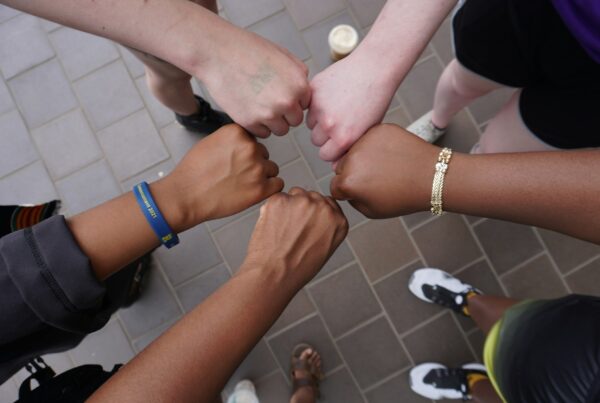Admitted student days present a valuable opportunity for students and parents to return to desired schools with a fresh set of eyes before a final decision needs to be made.
Since first applying to a school to which admission has now been offered, circumstances and preferences may have changed. In fact, having received decisions from other target schools, your child may now have a totally new perspective.
Here are five ways to help make the most of admitted student days:
1. Accept where you are.
Whether you and your child are mostly happy with how admissions decisions have turned out, are deeply disappointed about one or more rejections, or are somewhere in between, now is the time to accept current circumstances and leave thoughts of what could have been in the rear-view mirror to the extent possible. Making peace with where you are will enable you to be truly present as you re-visit schools to which your child has been admitted.
With the reality of the current context in place and the benefit of time to think through options now available, you and your child will be ready to see important aspects of institutions that you may have previously overlooked.
2. Make a list and dig deep.
While the whirlwind of initial tours may have allowed you and your child to only scratch the surface of what a particular school had to offer, now is the time to dig deeper as you seek to find the best possible overall fit among available choices.
Compiling a comprehensive list of topics that you want to be sure to cover, questions you want to pose, people you want to meet, and parts of the campus/community you want to be sure to explore can help keep you on track as you attend one or more admitted student days.
Having a list to refer to is extremely helpful as most schools pull out all the stops for these special occasions. The last thing you want to do is to get distracted by a high-fiving mascot, a school’s marching band, an acapella performance, and/or an enticing campus store, and lose track of the very important topics you wanted to be certain to cover while there. Plus, having a list can be helpful when visiting and comparing multiple schools to which admissions have been offered.
What should be on your list? Include anything about which you are still uncertain or feel you need more clarification. And, of course, don’t forget to include whatever is of greatest concern at this juncture. Whether, for instance, the anticipated cost is too high and will require a greater level of student loan debt than you are comfortable with, you’re unclear if your child’s unique needs can be properly supported, or you and your child have safety concerns about the campus or neighboring areas, embrace the reality of what’s weighing heavy on your minds and hearts, find personnel who can help with these topics, and candidly share your concerns. This may require a meeting with financial aid personnel to get clear on all available forms of aid and exactly what your net costs will be, learning more about available academic accommodations and emotional support for students, or meeting with campus security personnel, for example. Ask the hard questions and listen carefully to the answers. You’ll be glad you did.
3. Take it all in.
While taking your notes and conducting your assessment, be sure to give your child the space and time needed to take it all in and truly imagine their life at the school(s) you are visiting. It’s tremendously important for your child to not only taste the food, tour the dorms, hear from current students, and learn more about academic as well as extra-curricular and social opportunities, but to experience the culture of the institution and the community or city in which it resides.
To this end, be sure to take a good look at not only the campus but at the surrounding communities and proximity to other colleges and locations of interest.
4. Record your findings.
In addition to taking careful notes on responses to questions raised and on aspects of your overall experience that you want to be sure to remember, taking photos and videos is a great way to document your admitted student day experience. Once home, the combination of photos, videos, and notes can help refresh memories of various aspects of the campus and community that you experienced firsthand.
Even though your child’s list of options has now been significantly narrowed, it’s still easy for the differences between schools to become somewhat blurred. You’ll be glad to have something to look back on as you move toward making a final decision.
5. Reflect and talk it through.
You’ll both need adequate time to reflect. Consider keeping any strong opinions to yourself until your child has had time to digest what’s been seen, heard, and most importantly, felt. Perhaps on your return trip home, suggest that your child journal about observations made while they are still top of mind. When you’ve both had time to digest and reflect, compare notes and thoughts with an open mind as you seek to decide on the best possible fit.
4350578










